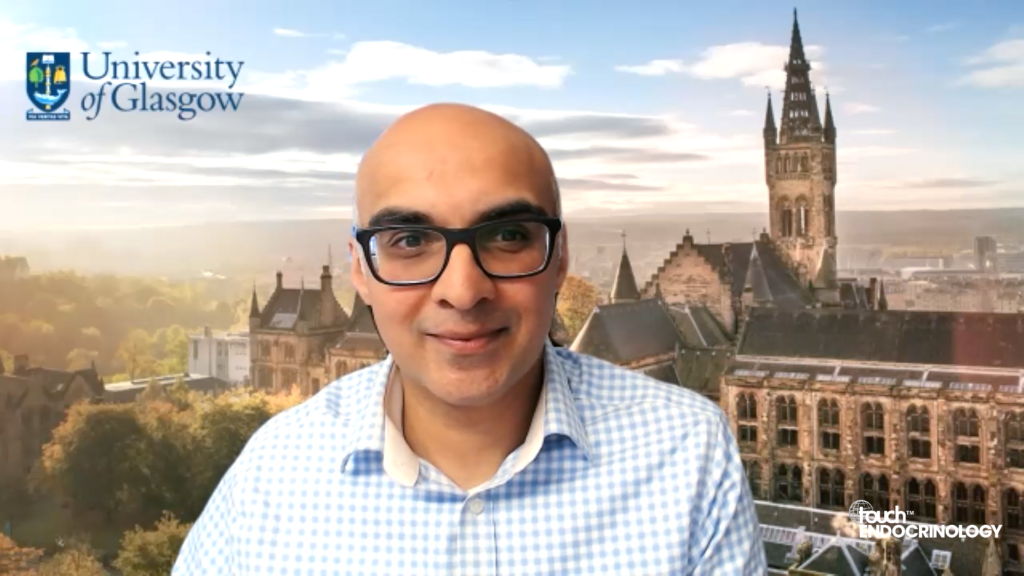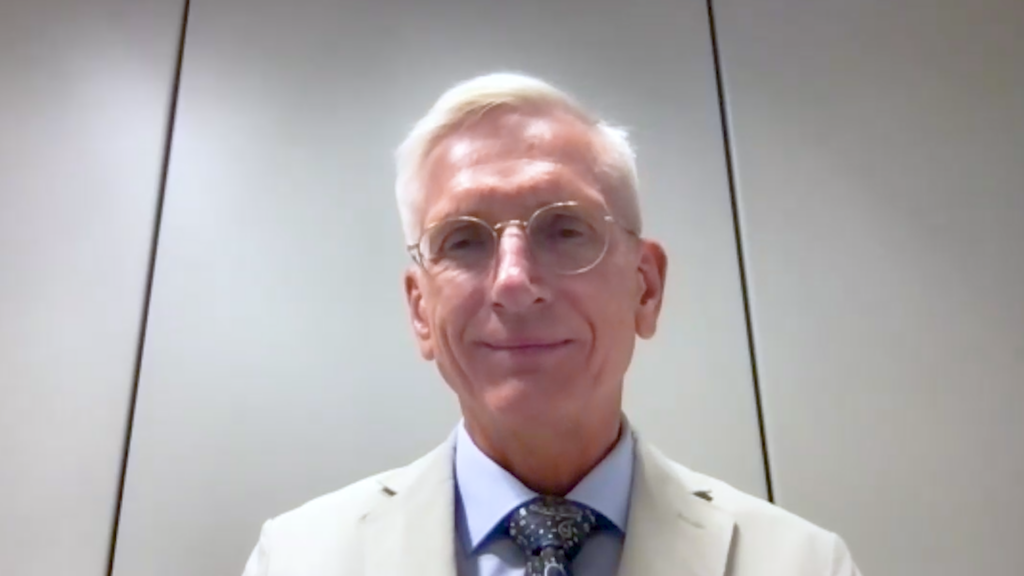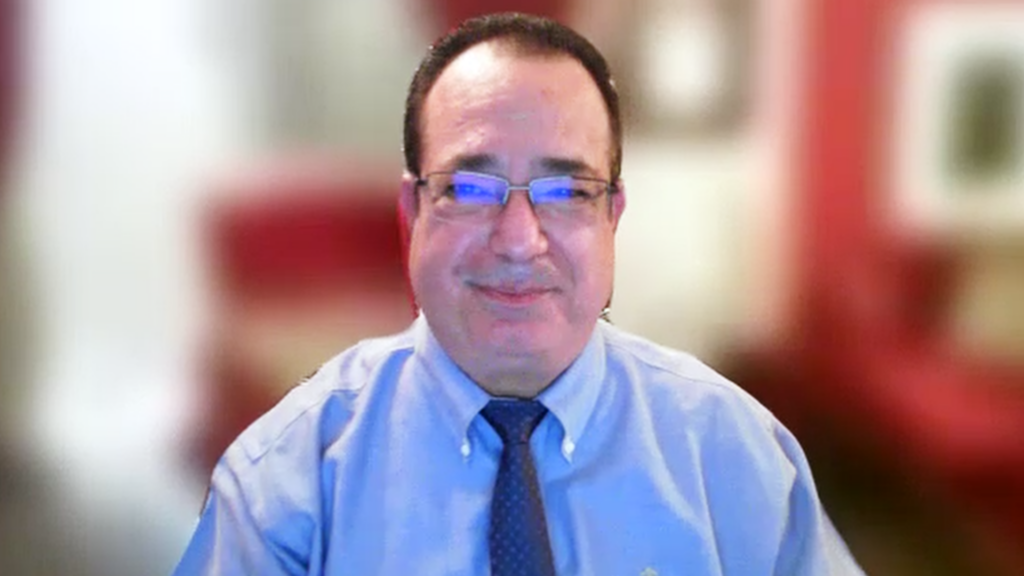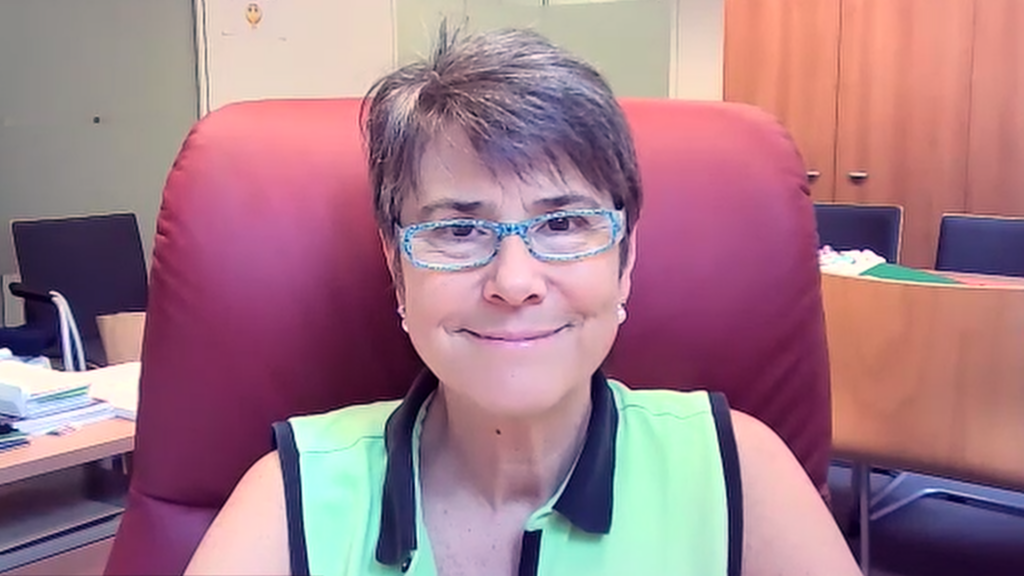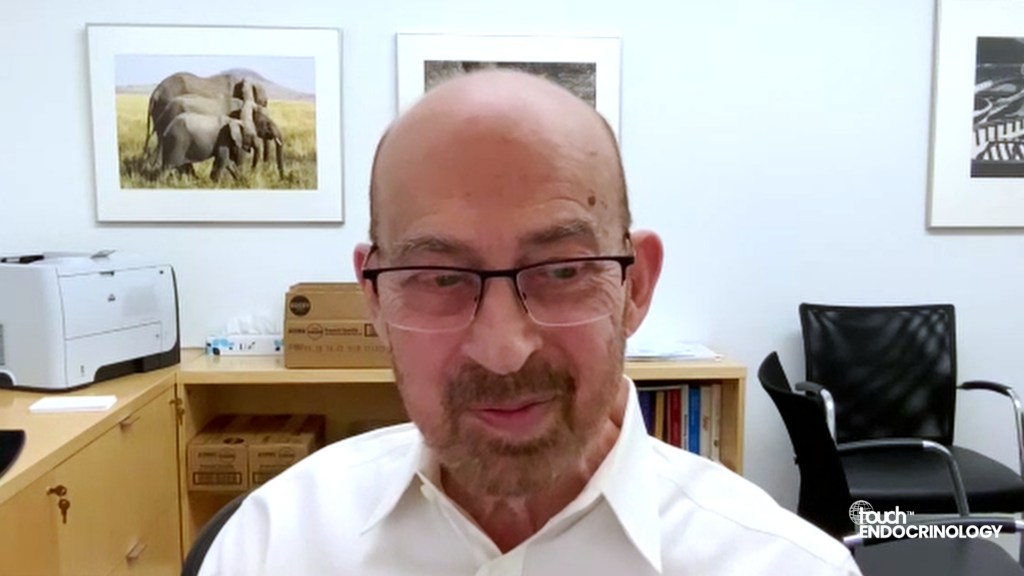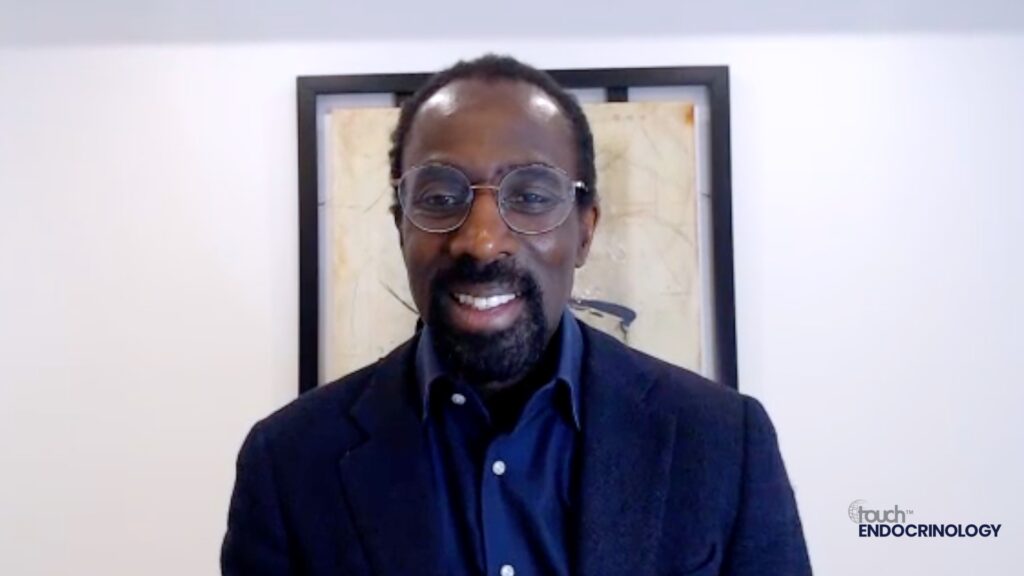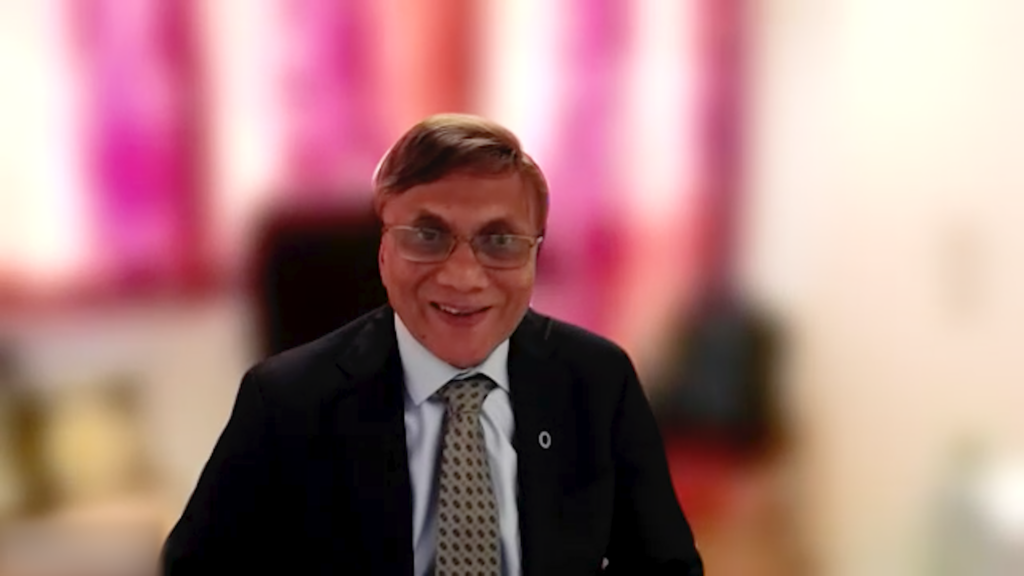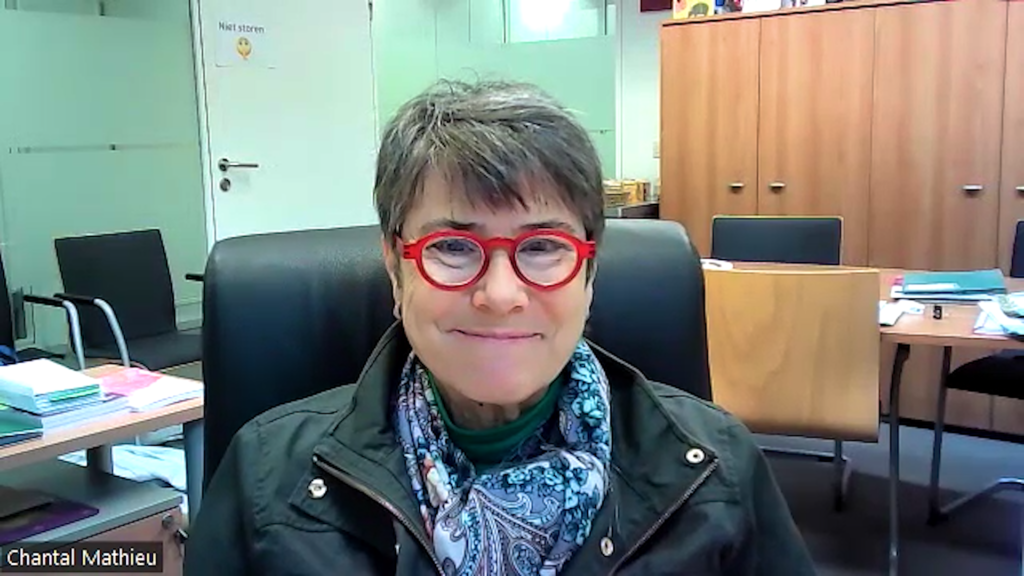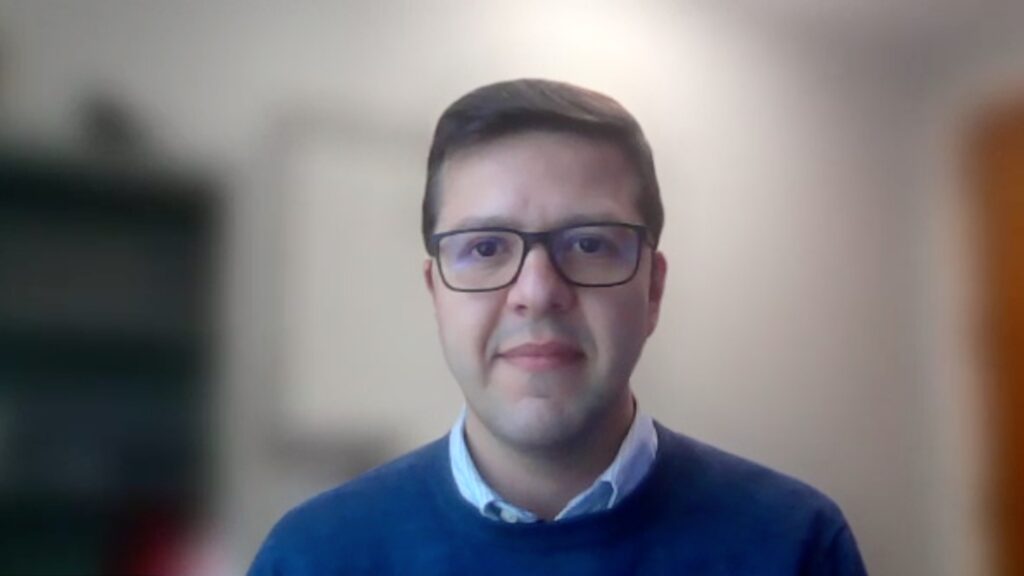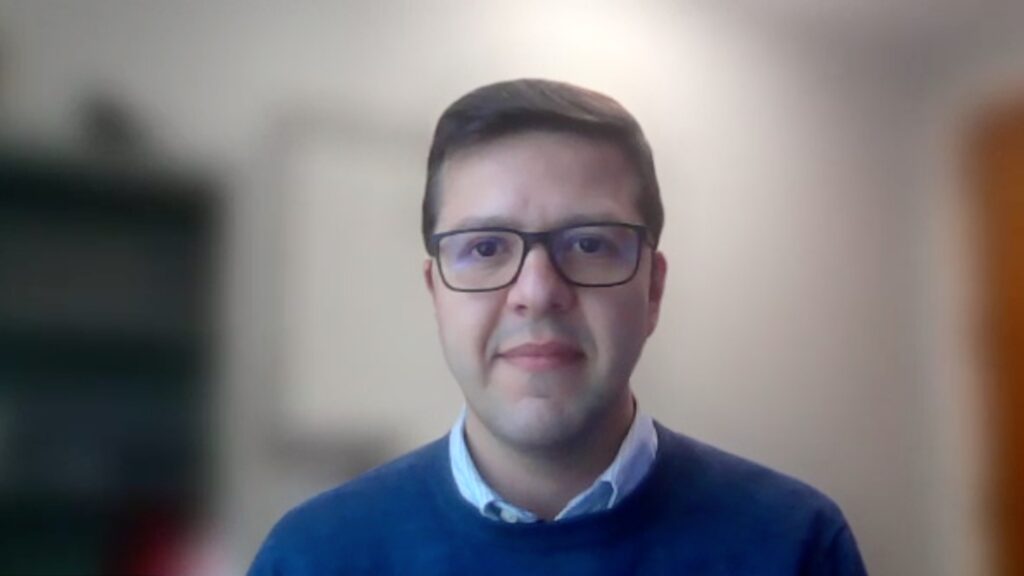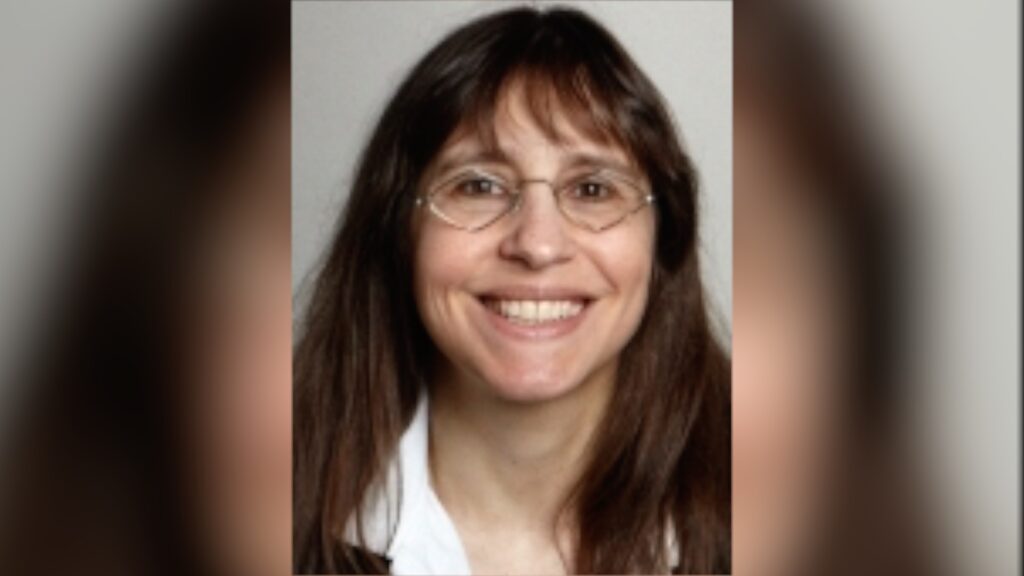
Dr Subhankar Chatterjee has just completed his post-doctoral training (DM) in Endocrinology from Medical College and Hospital, Kolkata, India. He completed his MD in Internal Medicine at the Rajendra Institute of Medical Sciences (RIMS), Ranchi, India, and holds Part I and II qualifications from the MRCP (UK). A gold medallist during his MBBS from RG Kar Medical College, he brings extensive clinical experience across internal medicine and eendocrinology. His academic interests span diabetes, endocrine disorders and neuroendocrinology. Passionate about research since his undergraduate days, Dr Chatterjee has received multiple scholarships, including a grant from prestigious Indian Council of Medical Research (ICMR). Dr Chatterjee’s outstanding clinical contributions to the field of diabetic striatopathy is a testimony to his hard work, passion and perseverance amidst numerous difficulties in resource-constrained settings to conduct quality research. Through multiple papers published in leading medical journals, he has made a commendable effort to generate awareness about acute onset movement disorders in diabetes. His innovative research has far-reaching implications in understanding the cerebral complications of hyperglycaemia. Moreover, significant publications in top-tier journals at a young age have placed him one of the highly cited researchers in Stanford’s list for consecutive two years (2022 and 2023).
In this Q&A, Dr Subhankar Chatterjee reflects on his journey into diabetic striatopathy, the role of mentorship and the rewarding overlap of neurology and endocrinology.
I have long cherished the idea since my early undergraduate days to pursue my career as clinical endocrinologist with special interest in research. However, during my sophomore year of medical school, I met my mentor, Dr Souvik Dubey, who instilled in me an interest in cognitive neurology and social psychology. Eventually, I had to traverse a path where I could exercise both domains of medicine (endocrinology and neurology) simultaneously. During my residency days in internal medicine, I came across a few interesting cases of acute onset movement disorders. Dr Dubey taught me how hyperglycaemia can cause acute onset movement disorders and helped me identify varied semiologies and presentations. The most interesting part of the story is that the abnormal movements subsided only with proper glycaemic control in majority of the patients. In resource-constrained countries like ours, this gratifying outcome forced me to research and read literature on diabetes and movement disorders. Unfortunately, there were only a few case reports, case series and a couple of reviews showing most cases were from South-East Asia. This less enlightened field of neuroendocrine interface inspired me to do systematic studies on diabetes and movement abnormalities to decipher the intricacies of this peculiar clinical phenomenon.
My mentor, Dr Souvik Dubey (Department of Neuromedicine, Bangur Institute of Neurosciences, Institute of Post Graduate Medical Education and Research [IPGMER] and Seth Sukhlal Karnani Memorial [SSKM] Hospital, Kolkata, India) has taught me three valuable lessons:
- The key to success in clinical research lies in front of your eyes. It’s only your higher order perception, emotion and dedication which can help you choose the appropriate key to open the lock. In the world of advanced technologies, drug trials, artificial intelligence and statistical jugglery, the importance of clinical medicine should never take a back seat.
- Always be passionate and honest in undertaking research that really has meaning in public domain. The basis of your research should be made by your independent ideas and observations.
- Never give up hope, even when financial or logistical constraints loom large. Always remember that almost all the greatest things happen under pressure and constraints.
Initially, the primary goal was to identify different novel semiologies of movement disorders to expand the clinical conundrum of diabetic striatopathy and the understanding of the entire clinical spectrum.
The outcome of diabetic striatopathy is really fascinating with simple measures. Most of these disabling (and frequently undiagnosed or misdiagnosed) movement disorders subside with glycaemic control alone. As a clinician, this is really gratifying in the truest sense. Fostering awareness among emergency physicians, internists, neurologists and endocrinologists of the fact that hyperglycaemia can cause varied acute onset movement disorders and can be the first and sole manifestation of previously undiagnosed diabetes is really key. A simple capillary blood glucose measurement in the clinic can unfurl the diagnosis.
Contributing original work, case reports, case series, review articles and chapters on diabetic striatopathy published in internationally reputed journals and books has been satisfying from a researcher’s point of view. However, for further exploration of pathobiological basis of the disease, advanced modern imaging, genetics and replication of the disease in animal models are necessary. It is also important to make a worldwide registry for proper documentation of the cases of diabetic striatopathy to understand the epidemiological aspect of the disease in a detailed way.
There is an ample scope of research to advance the science of diabetic striatopathy as there are too many questions left to be answered. Students interested in this area must be well-oriented to identify movement disorders under the guidance of a movement disorder specialist/neurologist. As the saying goes, “no dream is ever chased alone”; liaisons with emergency medicine, neurology and medicine colleagues is of utmost importance so that not even a single case is missed clinically. Correct collaboration with basic neuroscientists and geneticists is necessary to further unravel the pathophysiology of the disease.
Disclosures: This short article was prepared by touchENDOCRINOLOGY in collaboration with Dr Chatterjee. No fees or funding were associated with its publication.

touchENDOCRINOLOGY is celebrating the brightest rising stars in the endocrinology community, who are set to shape the future of the field.
SIGN UP to touchENDOCRINOLOGY!
Join our global community today for access to thousands of peer-reviewed articles, expert insights, and learn-on-the-go education across 150+ specialties, plus concise email updates and newsletters so you never miss out.



